The 100 Most Innovative Ideas of 2017 is the 30th annual list of Popular Science, listing the most innovative technologies in many fields such as automation, engineering, entertainment, security .... Now begins with the medical and health care sector.
Of these, 10 recorded breakthroughs can change many of our medical traditions in a variety of ways, from epilepsy support, to cancer and human gene modification. Let's face it, what in 2017 has Popular Science voted to be the medical breakthrough of the year:
10. CRISPR editing human embryo
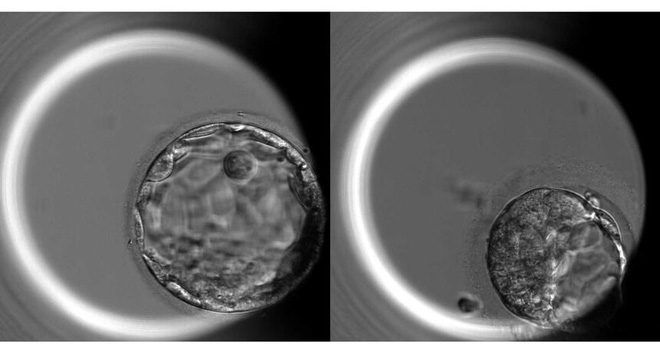
CRISPR, the DNA editing tool, has continued to make a breakthrough in 2017. Researchers from Oregon Health and Science University have become the first in the United States to edit human DNA. Their goal is to cure a genetic disease in the embryo, a mutation that causes hypertrophic cardiomyopathy.
This is not just a milestone for US scientists. Although China has modified human embryos before the United States, research at the Oregon Medical School has overwhelmed earlier Chinese studies, both in terms of number and quality of embryo correction.
Even so, we still need more research, before the CRISPR tool actually makes a complete baby gene editor.
9. Brineura

Batten disease is one of the rare genetic disorders. Patients with impaired enzymes in the brain impair severe neurological function.
To treat the disease, doctors have to put the enzyme in the patient's brain, but they are too large to pass through the protective membrane of the brain.
Brineura is a new drug licensed in 2017 for the treatment of Batten disease. With this new drug, doctors can inject intravenous fluids and open the door to alternative enzymes. In addition to Batten disease, the technique of using Brineura can also be used to treat many of the same disorders.
8. Intelligent glove rehabilitation
Stroke patients with good luck also often face paralysis, loss of control limbs. Rapael is a device licensed by the US Food and Drug Administration in 2017 to help stroke patients exercise their hand movements back.
Rapael gloves are connected to an Android game software. Patients are instructed to perform finger, wrist and arm tasks such as playing cards, pouring wine, and throwing balls. The movements are recorded, monitored and responded in real-time to disease. Exercise more boring and faster recovery.
7. Spade Liftware
Neurological and spinal cord injuries such as Huntington's disease affect the motor system of the patient. An uncomfortable system, their limbs will shake unconsciously, making eating and living difficult.
Liftware, a subsidiary of Google, has created an intelligent spatula that works with the same mechanism as the camera's gimbal. Regardless of the patient's hand, the sensor in the Liftware spatula records and generates feedback movements to correct this vibration.
The food in the spoon does not fall off, the patient can eat on their own without the help of a nurse or family member.
6. The Philips IntelliSite Pathology Histopathology System
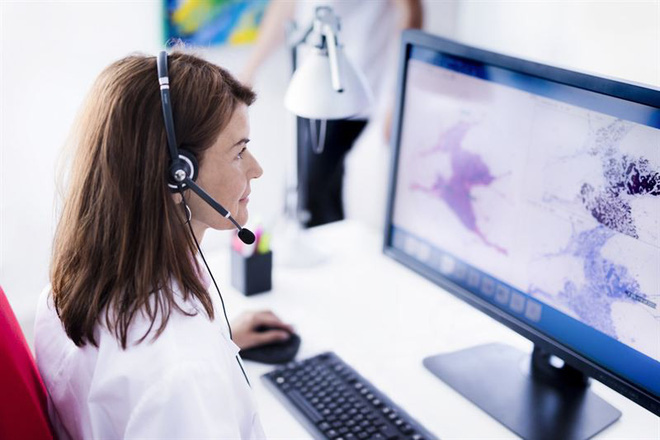
Pathology is an area that has not yet been digitized, so doctors and researchers still have to work very handily. They cut the tissues with a scalpel, stained them and looked under the microscope with the naked eye.
Subsequently, specimens should continue to be sent to other doctors for reevaluation. This process takes several days, sometimes several weeks.
Philips IntelliSite Pathology is a digital system that uses a high-resolution scanner to capture pre-prepared samples and then convert them into extremely detailed images such as scans under a microscope. This allows doctors to quickly send cases to colleagues, save time and increase the quality of patient care.
5.GammaCore device, analgesic without medication
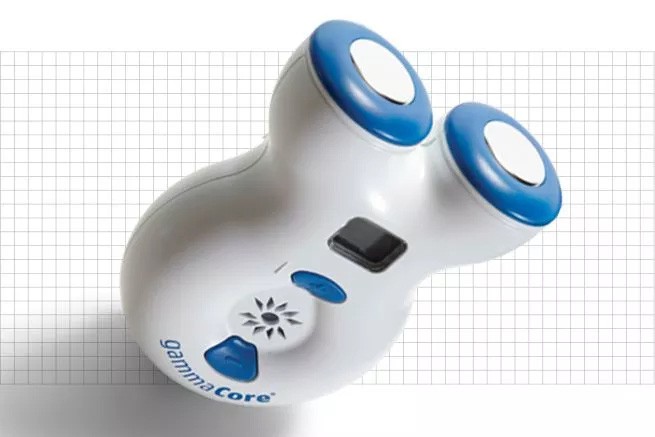
The spinal cord is an important bundle of nerves that connects from the head to the rest of the body. These are also the longest nerves, radiating around the breast and then below the abdomen. Vaginal nerve stimulation can produce many beneficial effects, such as stopping headaches, which cause severe pain.
GammaCore is the first non-invasive vagal nerve stimulator to be used in patients. It uses electrical impulses to soothe headaches. As a result, patients do not need to take painkillers, usually, with many side effects.
4. SPEAC, home-based seizure monitor
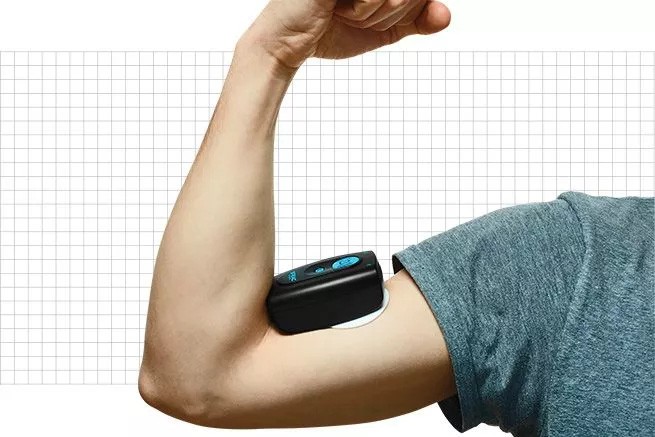
In order to manage epileptic seizures, information about the timing and frequency of their occurrences must be accurately recorded. This is really difficult, because 85% of seizures happen at night and patients can not remember them when they wake up.
SPEAC is a lean device that does not operate on a complex and entangled EEG. It can be attached to the arm and detect changes when the muscles are stimulated. Thanks to an algorithm, SPEAC is able to detect, track and record seizures. The data helps patients and physicians increase the effectiveness of treatment.
Magnetic resonance imaging (MRI) for infants
In a medical scenario, premature babies need MRI scans. Removing these children from the incubator, to a conventional MRI room, is potentially dangerous. So many doctors opt for MRI for preterm infants.
Now, the new FDA-licensed Embrace magnetic resonance device can handle this situation. It can be placed in an intensive care unit for preterm infants. Unlike conventional magnetic resonators, Embrace detects magnetic fields in the machine itself so doctors and staff can stand by using conventional metal devices. The baby is placed inside a cage to restrict movement, providing precision for MRI measurements.
2. UV patches
While sunscreen can protect people from UV rays, an agent that increases the risk of skin cancer, most people do not use them. And even if there is sunscreen on, many people do not make it a habit.
My UV Patch is a piece of decal sticking on the body that emits signals by catching the rays of the sun. The patch contains light-sensitive compounds, which can change the light blue color when UV is added and vice versa. Using a retouching smartphone of My UV Patch, the software can tell you the health risks from the amount of UV light you are exposed to. The patch can last up to 5 days.
1. Breakthrough of the Year: CAR-T Cancer Therapy
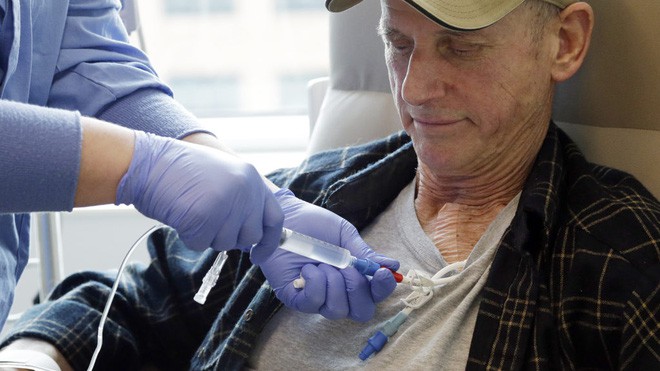
In August, the FDA officially approved the CAR-T treatment for cancer, called Kymriah, by Novartis. Considered to be the life-saver for patients, CAR-T will usher in a new era in cancer treatment.
CAR-T methods are generally immunotherapy for cancer. In particular, doctors extract T cells from the patient's immune system, seeking to combine it with the chimeric antigen receptor (-CAR).
After forming the CAR-T complex, the drug will be transferred back to the patient's body. The CAR will find and attach it to the target cancer cells. T-cells can thus attack the disease, which it can not do before, as cancer cells are a normal part of the body.

CAR-T treatment will begin with a blood donation procedure. In the hospital, doctors connect the patient's body to a dialysis machine. When the blood is removed, the filter separates the patient's white blood cells and inserts into a plastic bag.
Technicians carry plastic bags from hospitals to laboratories or facilities that are able to incorporate CARs into T cells. Typically, they do this by using a benign virus, genetic code for T cell.
Then, the genetic code will guide the cell how to "grow" itself into the CAR receptor. Once this has been achieved, technicians need to grow millions of CAR-T copies and repack them into drug packages.
The drug is then taken to a hospital where cancer patients are waiting to be transmitted back to their own CAR-T cells.
In trials, 83% of patients treated with CAR-T improved after three months. One reason Kymriah works so well is that it's the best-adapted method to date. The modified cells are suitable for both the patient and the type of cancer they have. Kymriah is currently only used for childhood leukemia. But someday, this therapy is expected to treat many other cancers, including solid tumors.